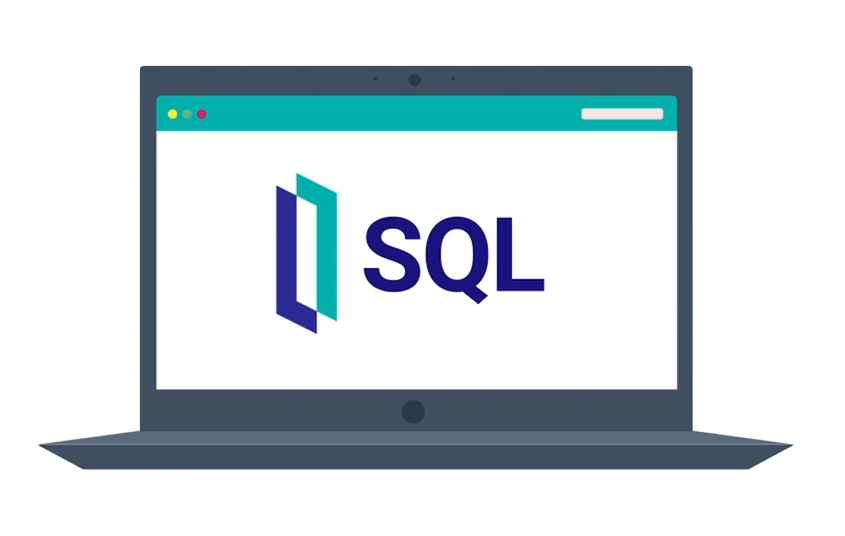In today's landscape, enterprises have grown substantially in scale, amassing vast amounts of data. This data is collected from a plethora of sources including different applications, databases, and other channels. Given the diversity and volume of this data, it's only logical for these enterprises to seek a deeper understanding of what their data entails. Some of the data can be stored in IRIS, and it can be reasonable to be able to add this data to a data lake too.
The Internet now offers many different tools for such tasks, that do not yet support IRIS, but it's achievable.

.png)
.png)

.png)



